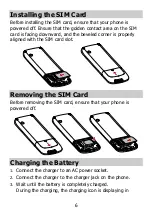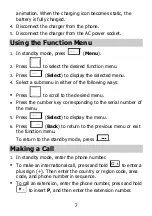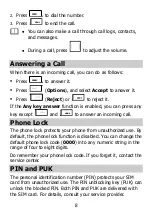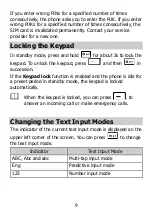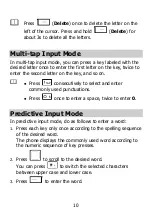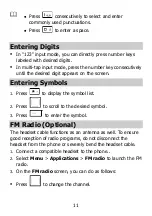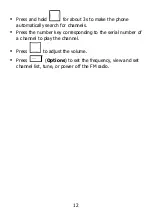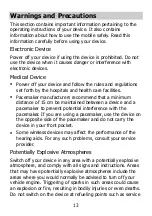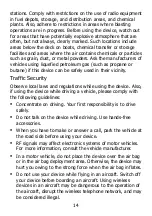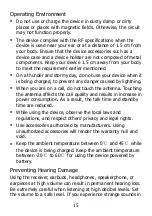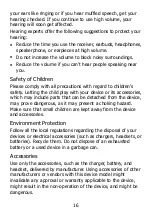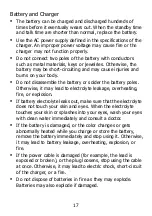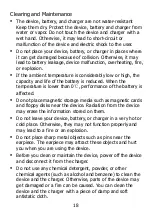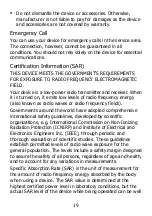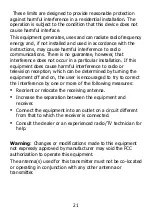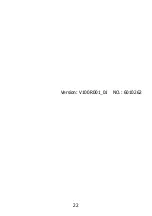
20
below the value. This is because the device is designed to use
the minimum power required to reach the network.
Before a device model is available for sale to the public, it must
be tested and certified by the Federal Communications
Commission (FCC), ensuring that it does not exceed the limit
established by the government-adopted requirement for safe
exposure. The tests are performed in positions and locations
(that is, at the ear and worn on the body) as required by the
FCC for each model. For body worn operation, this device has
been tested and meets FCC RF exposure guidelines when the
handset is positioned a minimum of 15 mm from the body with
an accessory that contains no metal part. Use of other
accessories may not ensure compliance with FCC RF exposure
guidelines.
The SAR limit adopted by USA and Canada is 1.6 watts/kilogram
(W/kg) averaged over one gram of tissue. The highest SAR
value reported to the FCC and IC for this device type when
tested for use at the ear is 1.18 W/kg.
The SAR limit adopted by the CNIRP is 2.0 W/kg over one gram
of tissue. The value guarantees a safe distance to protect device
users and the difference caused by measurement errors. Under
different test requirements and frequency, the value varies.
Statement
This equipment has been tested and found to comply with the
limits for a Class B digital device, pursuant to Part 15 of the FCC
Rules.
This device complies with part 15 of the FCC Rules. Operation is
subject to the following two conditions: (1) This device may not
cause harmful interference, and (2) this device must accept any
interference received, including interference that may cause
undesired operation.

